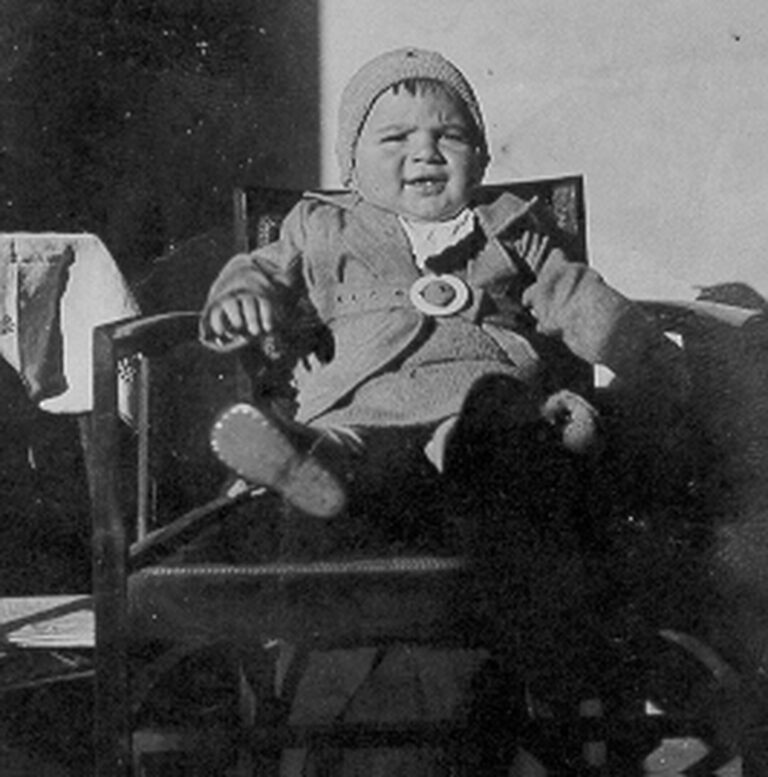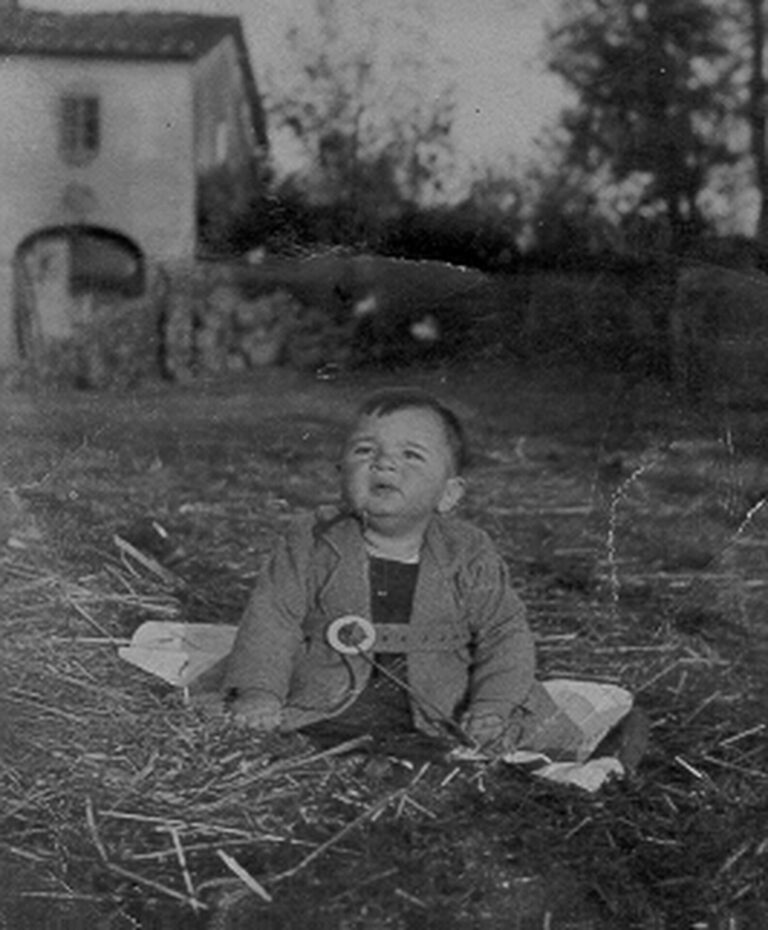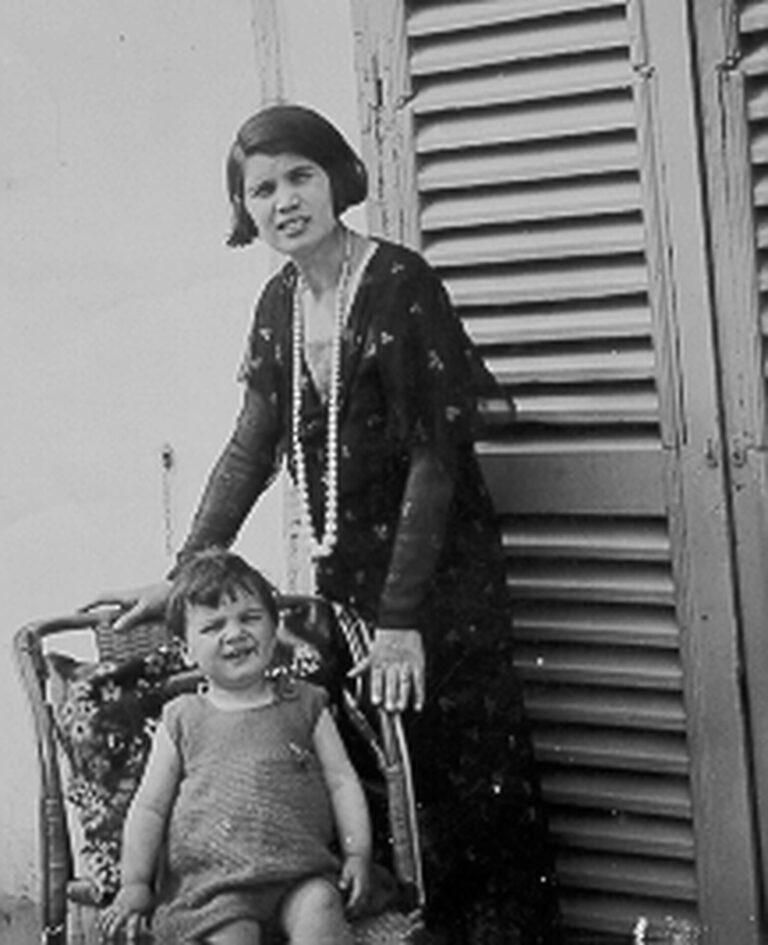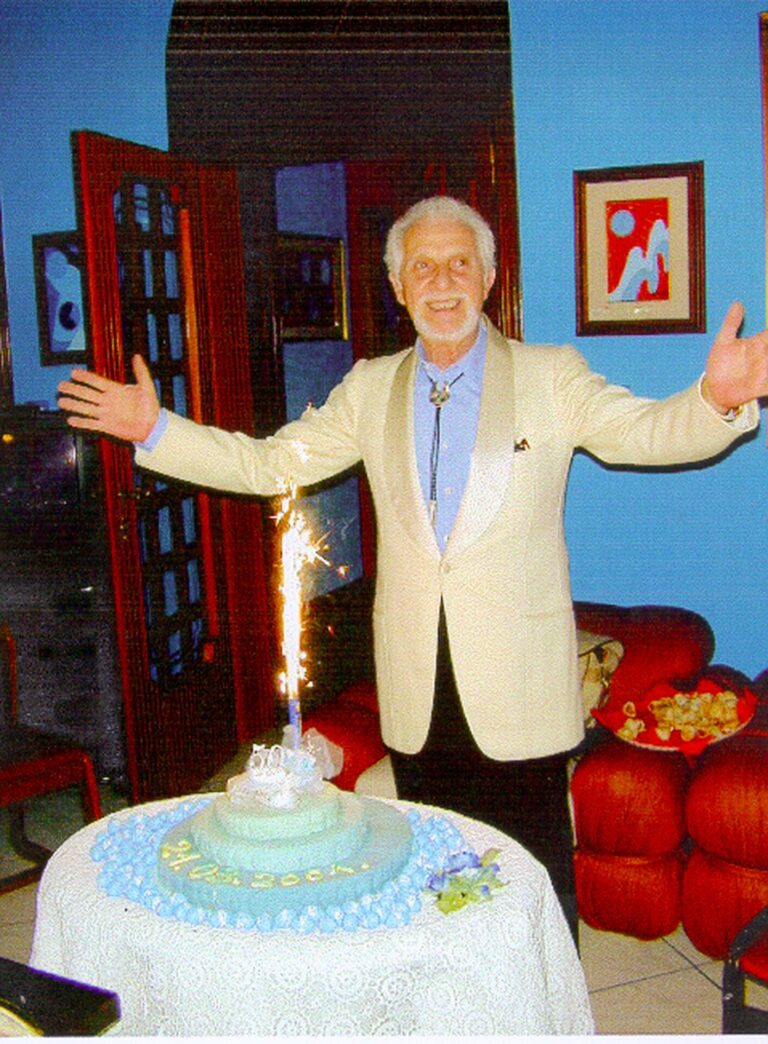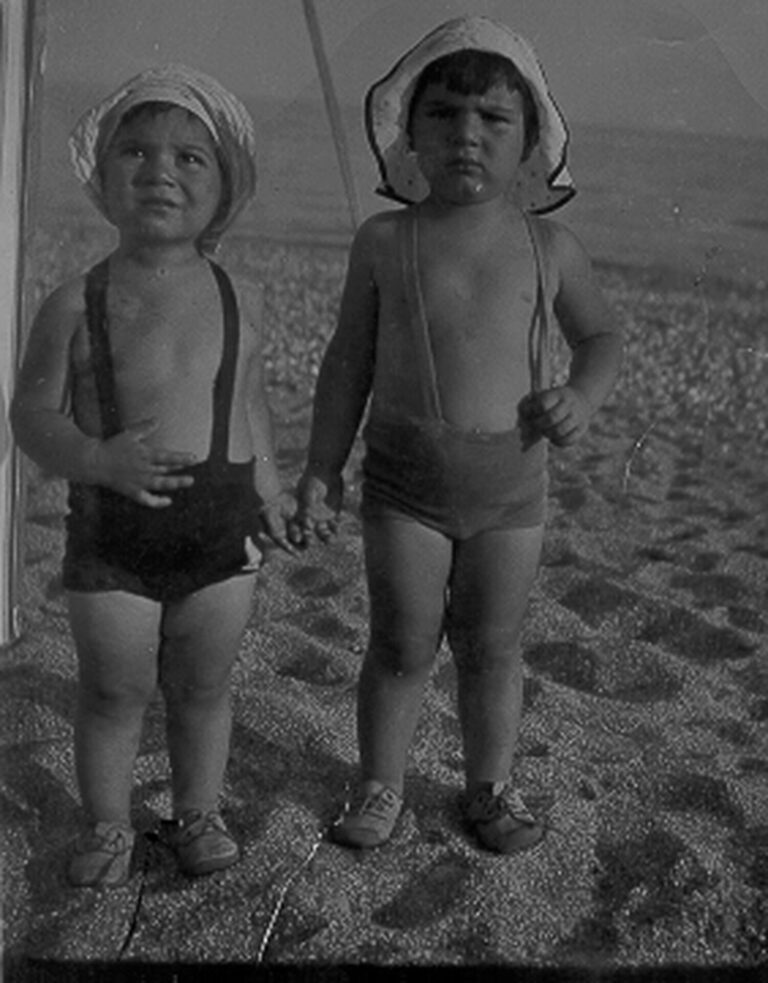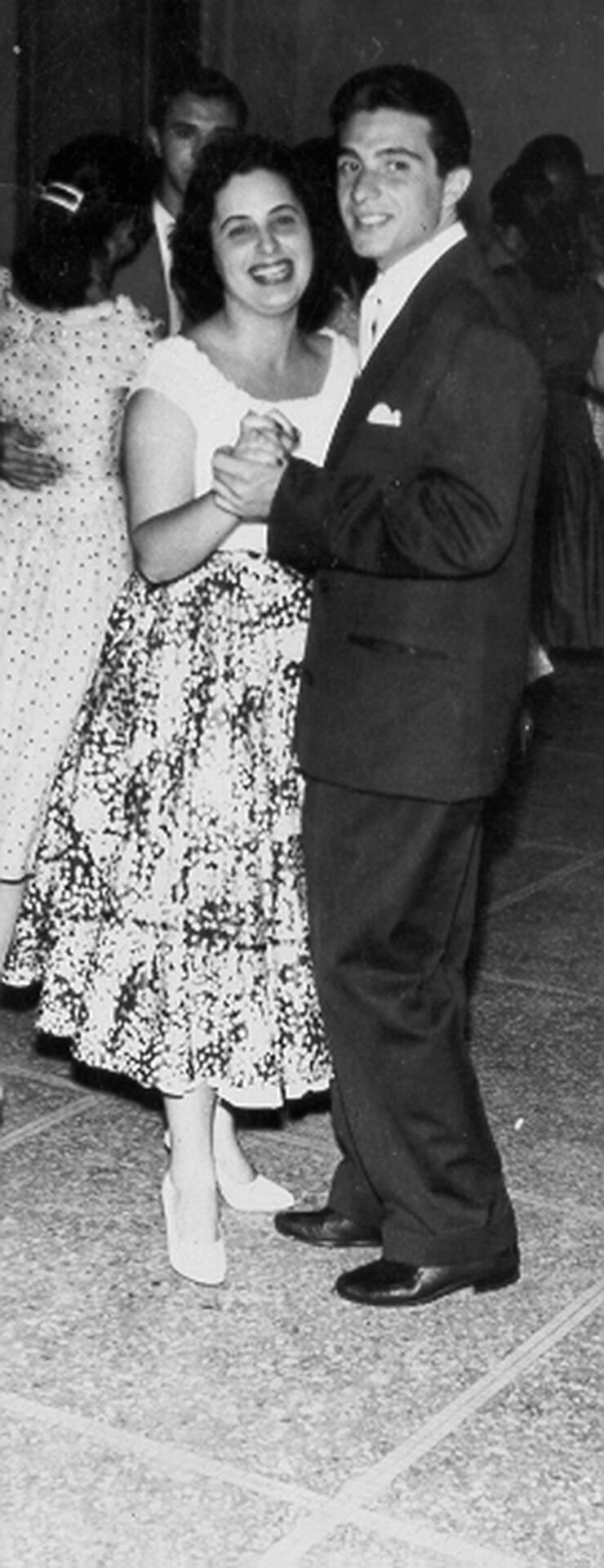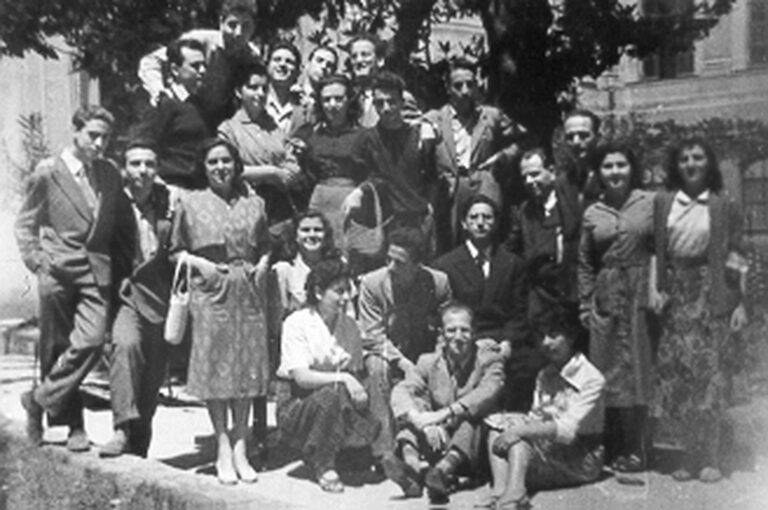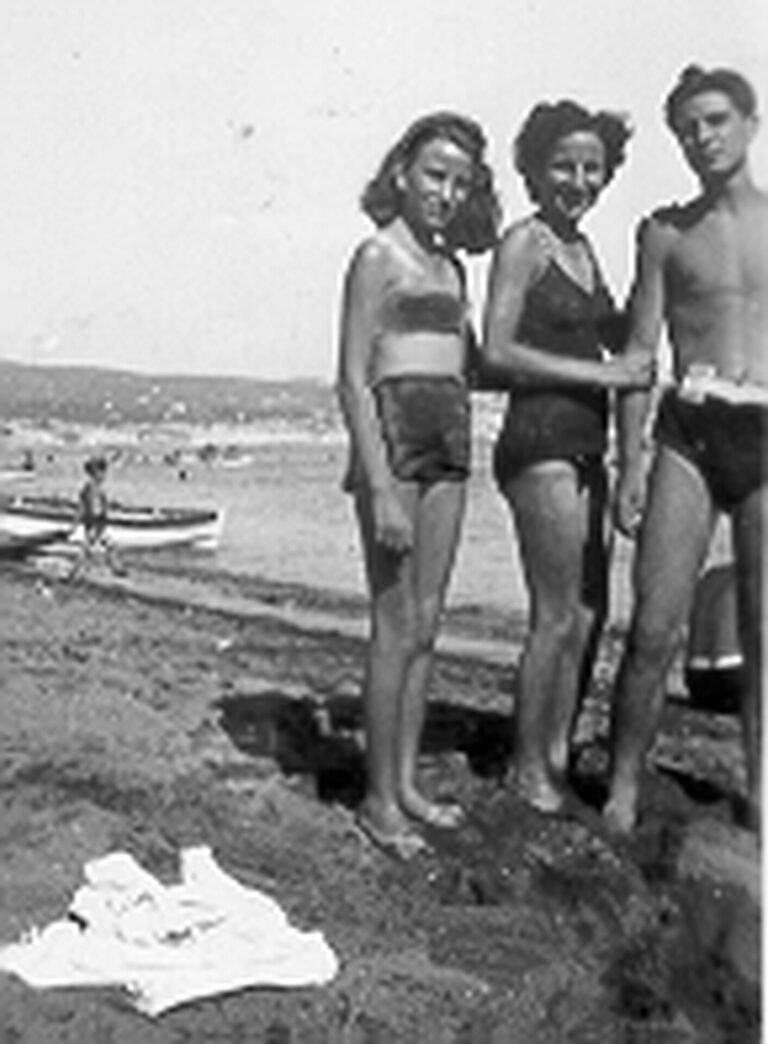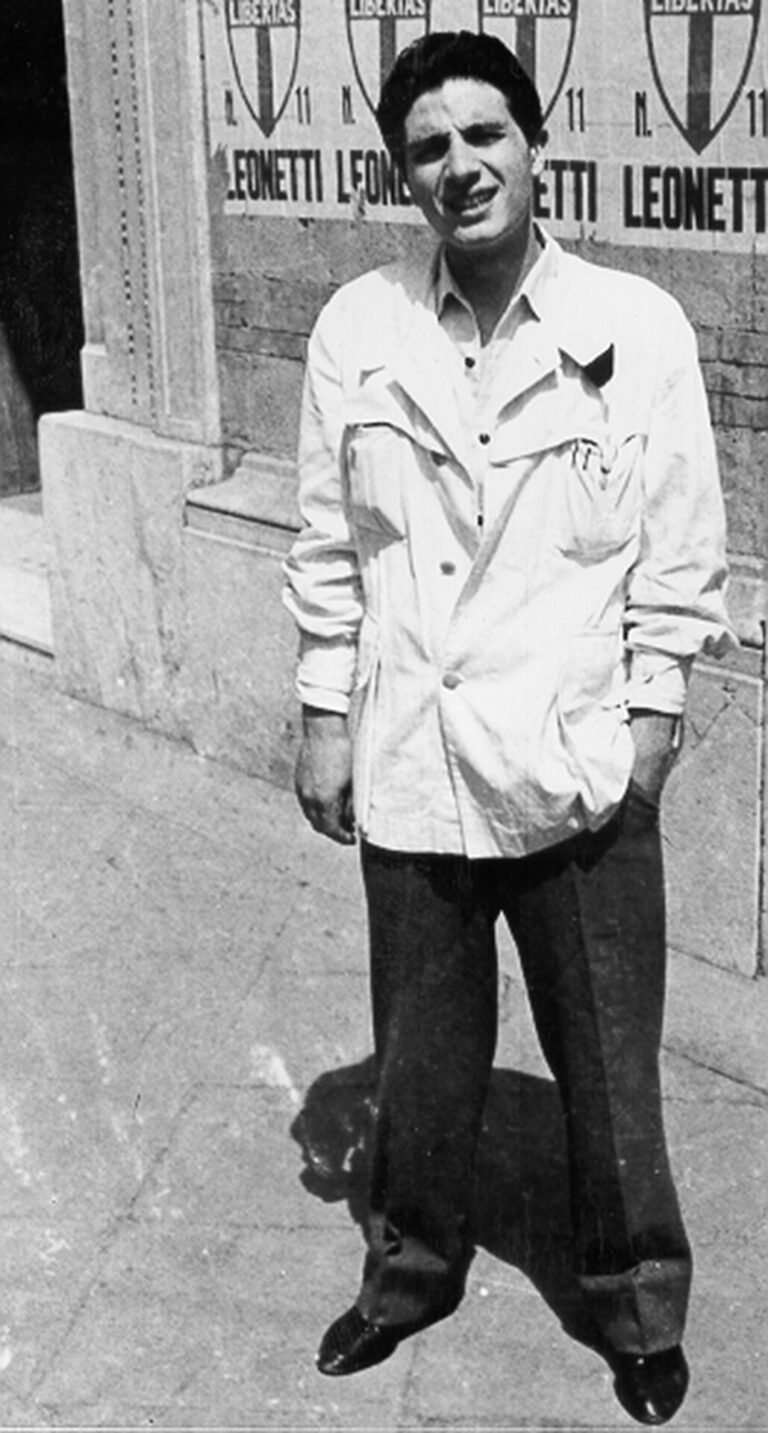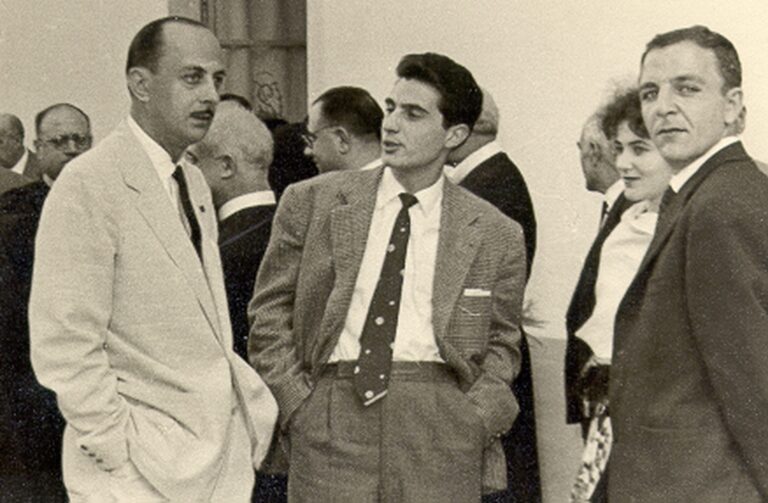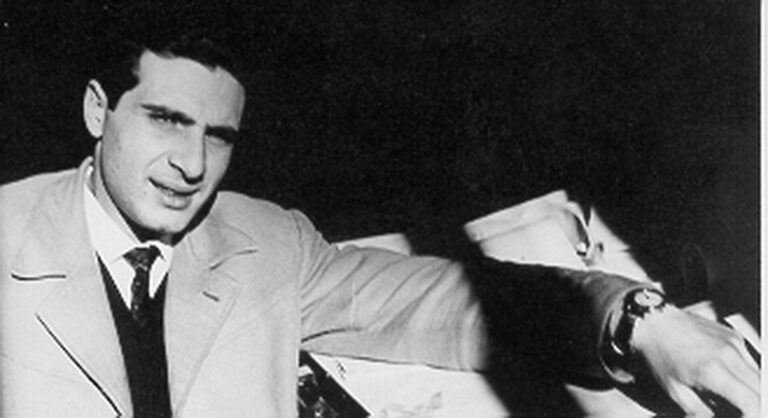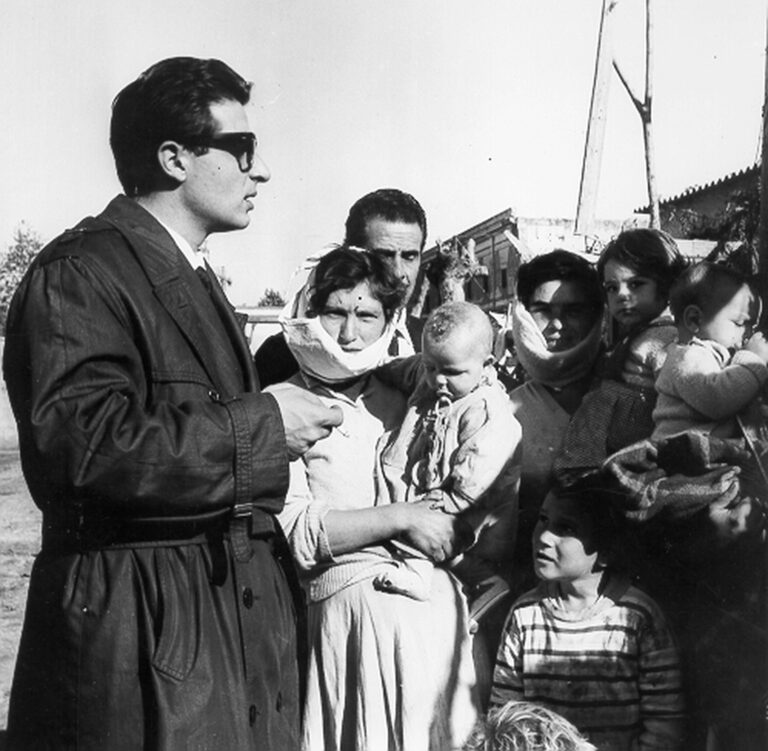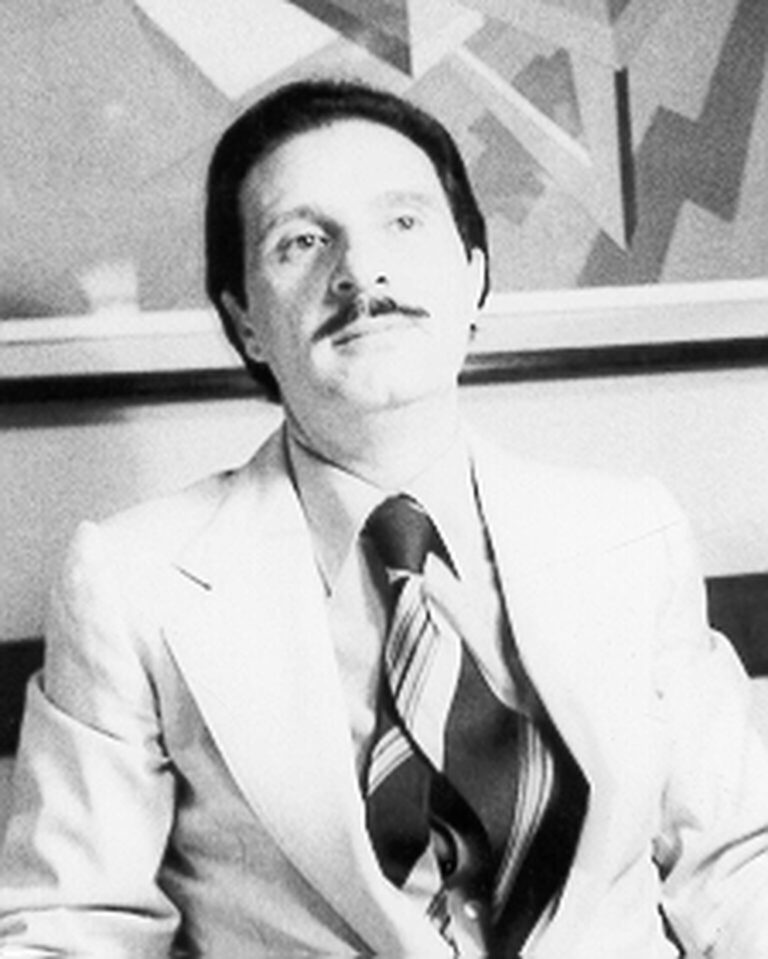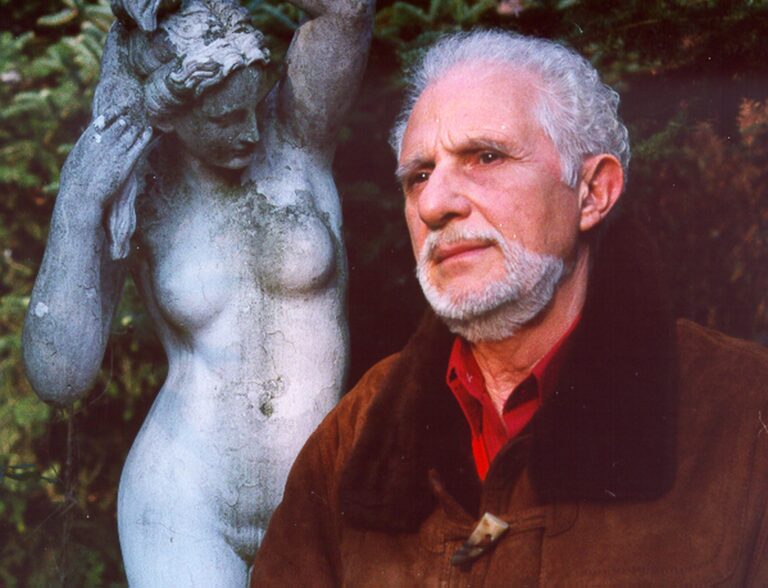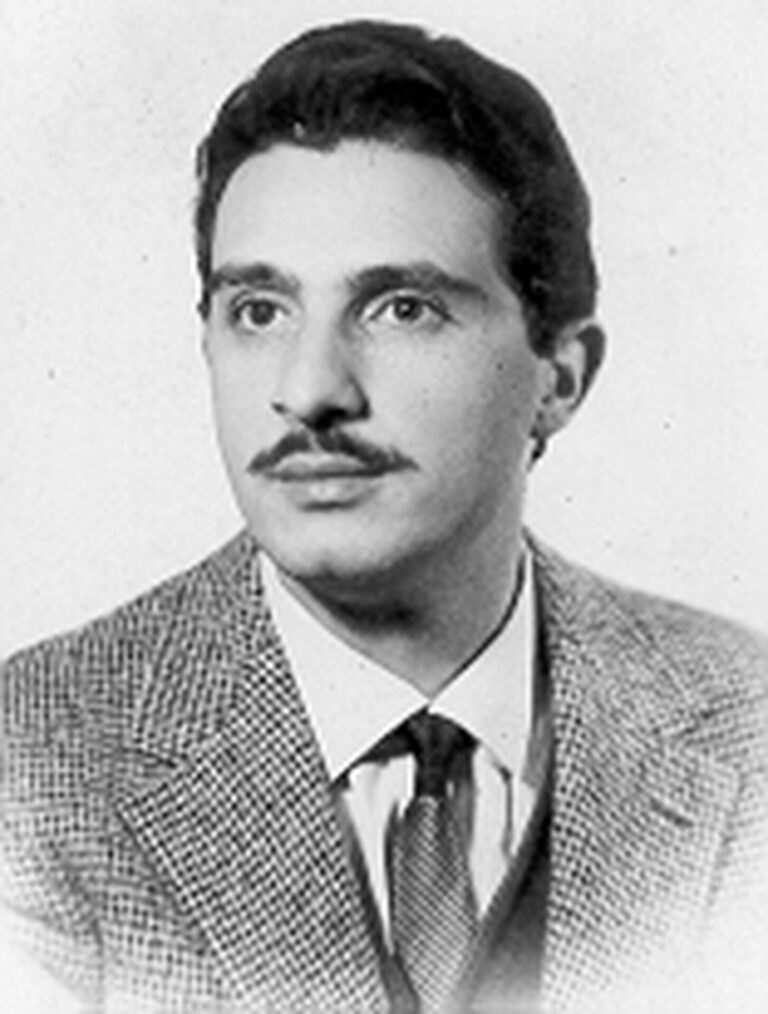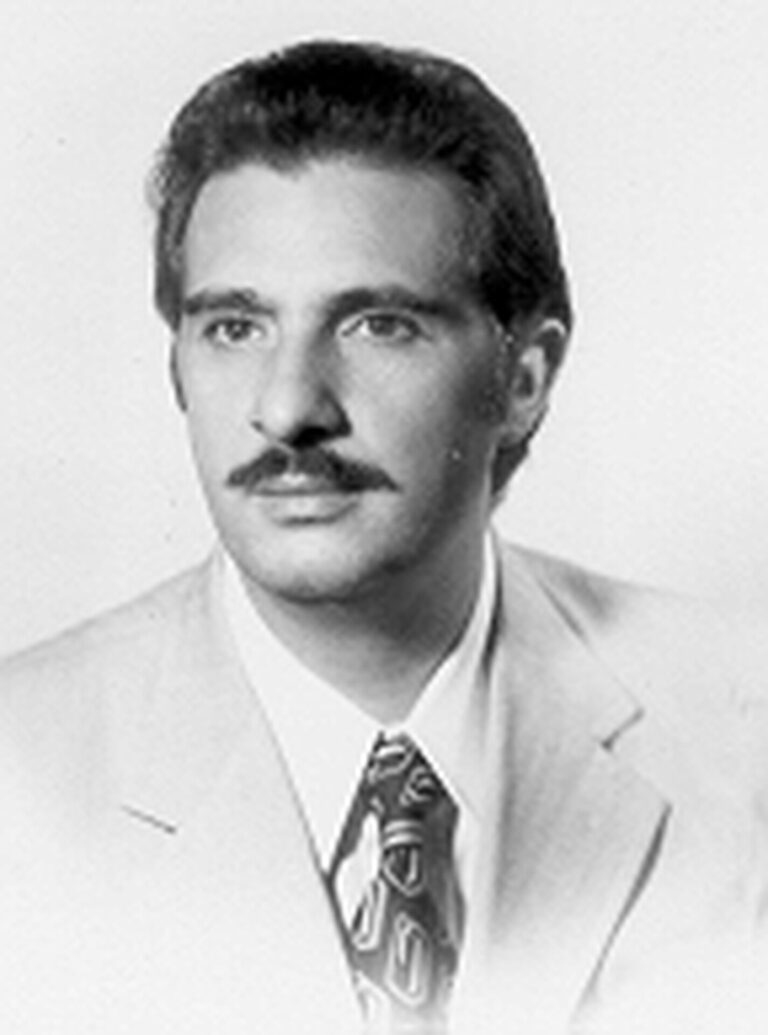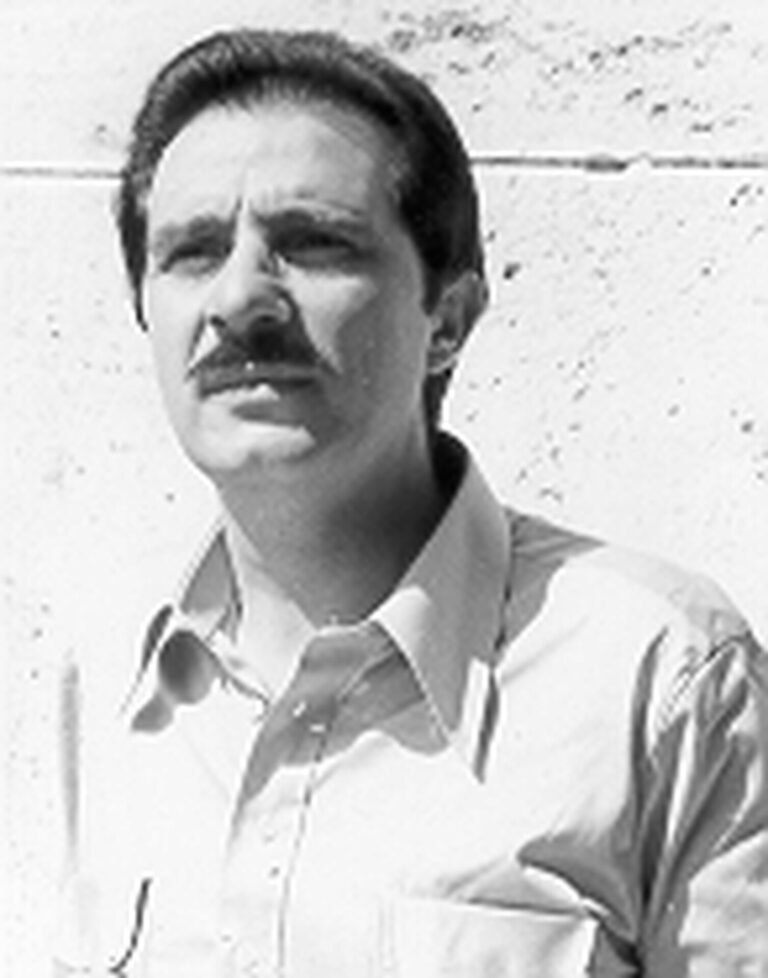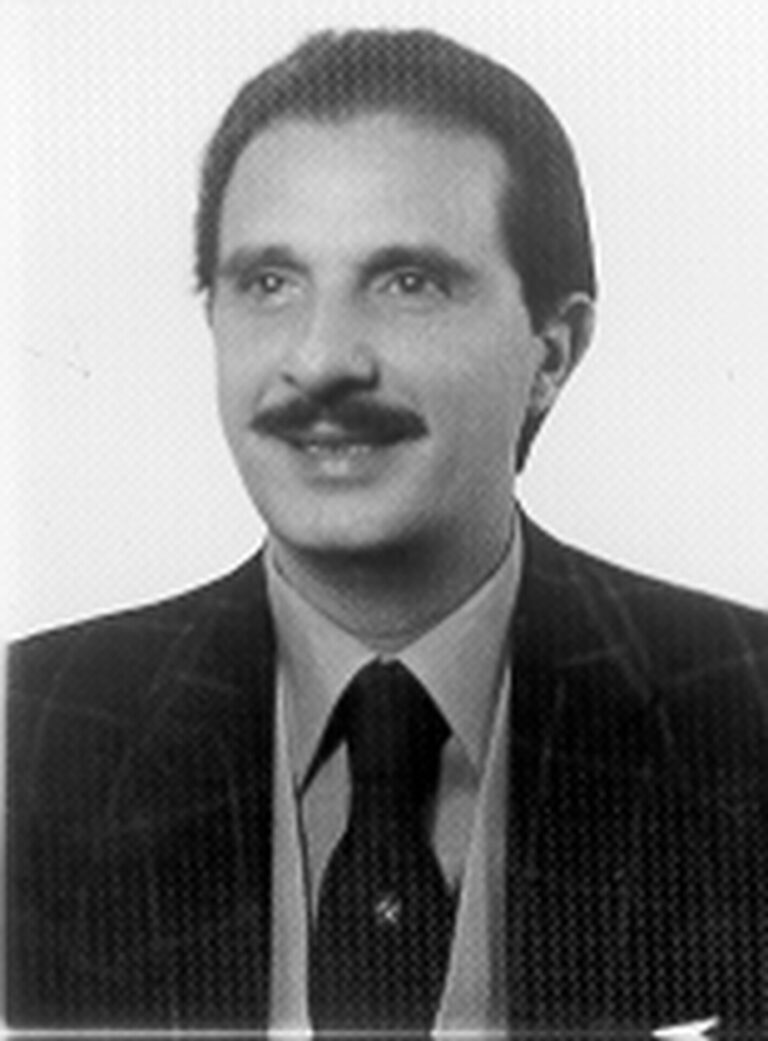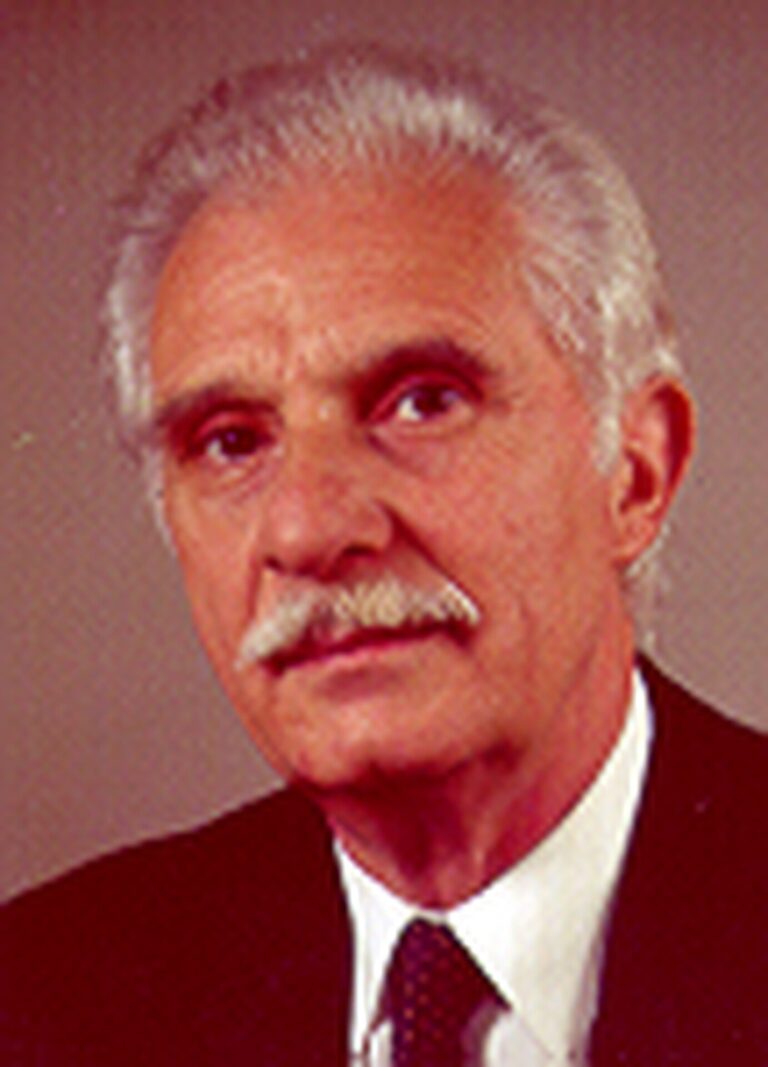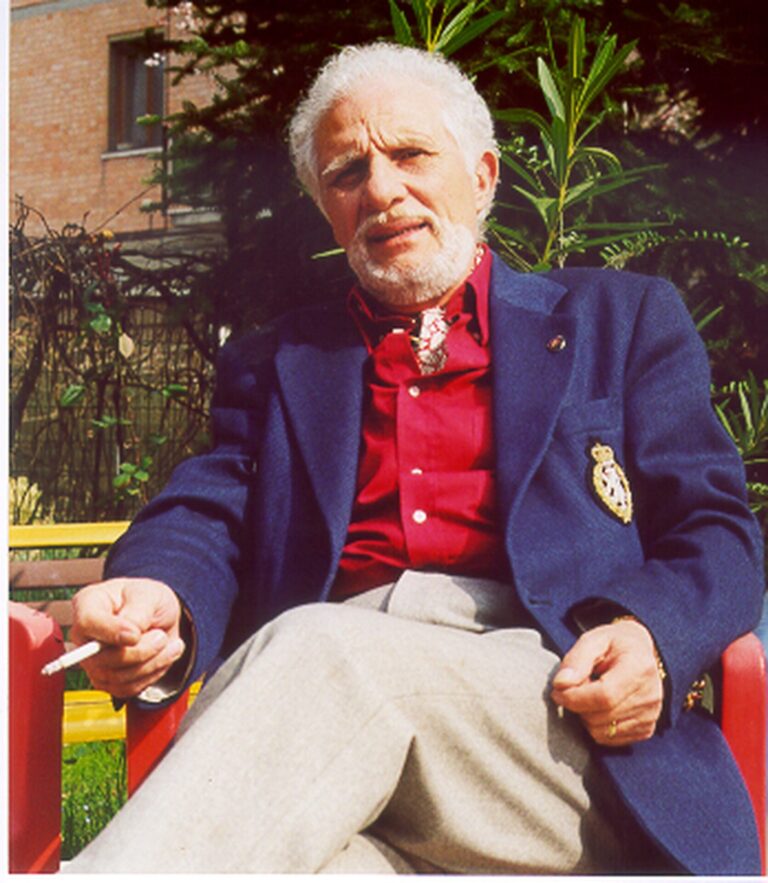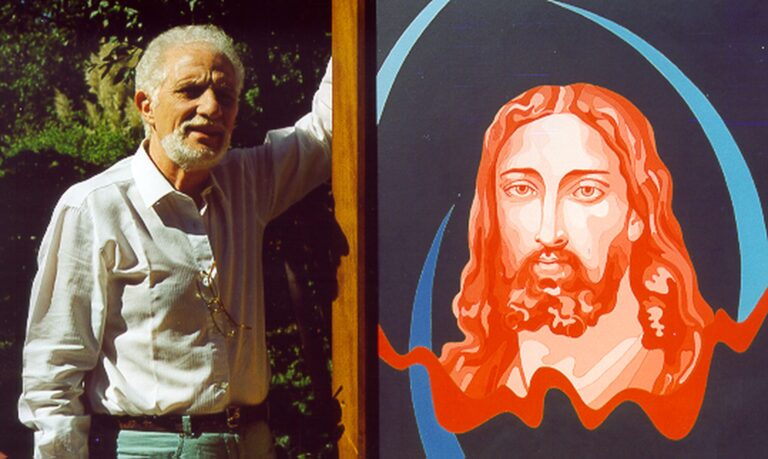Volturno Morani
Biography
Volturno Morani, born in Figline Valdarno, in the province of Florence, on February 1, 1932, spent his childhood and adolescence there. His family memories remain vivid, intense yet blurred, as well as those of the Gothic Line, and he holds a deep nostalgia for the beauty of the place, where he always wished to return.
A descendant of a generation of great 19th-century painters and sculptors, including Vincenzo Morani (Polistena 1809 – Rome 1870), he obtained a diploma in painting and sculpture from the Academy of Fine Arts of Naples and later graduated in Architecture.
During his early adolescence and youth, the artist was engaged in academic sculpture and a series of classical figurative paintings, though marked by a distinct originality. Meanwhile, he developed a strong need for an extremely exclusive research path, distancing himself from any group affiliation. Thus, in the early 1950s, he formulated a personal and original artistic response, avoiding the prevailing trend of Informalism.
His creativity, independent of any influence, initially led him to seek “simple” yet absolutely innovative solutions in the international pictorial scene. He experimented with early monochromatic symbolism, giving birth to Neo-Constructivist Spatialism, of which—already in the 1960s—he was recognized as the founder and Master of the School.
Opposing the abuse and destruction of colors, the neglect of drawing, and the absence of compositional harmony, the young artist decided to paint an entire canvas using only one color, returning to rigorous drawing and full respect for harmonic composition. With his feet on the ground and his mind in the cosmic spaces, he created his first spatio-temporal compositions, using various shades of blue, which formed the foundation of his new pictorial language.
In the 1970s, the Master enriched his spatial themes, anticipating the advances of science and giving shape and color to another dimension—one that we do not see but is essential to our existence. Thus was born the bichromatic painting, where red represents the hidden or invisible matter, which scientists would only identify in 1993.
Many journeys and numerous encounters with painters, through studios, ateliers, and small private museums, marked his artistic journey. Wherever he went, he always sought the true life of the people, far from social conventions and officialdom.
The 1980s were extremely intense on a professional level: he wrote technical books on seismic engineering, traveled across Italy for work, and obtained a degree in Theology from the Lateran University of Rome. His art reintroduced the human figure (Icons in the Cosmos), he more readily accepted exhibition invitations, and he proposed a bold evolution: a new figuration within pure Neo-Constructivist technique. Thus were born his sacred icons, works of intense spirituality, in which the invisible dimension coincides with divine matter, ever-present.
The 1990s marked the full artistic and moral maturity of the Master. Neo-Constructivism became more humanized, portraying the faces of real people. Work and artistic commitments led him to travel constantly, even abroad.
With the arrival of the New Millennium, he participated in artistic productions for the Jubilee and curated prestigious exhibitions dedicated to the “Our Father” cycle and sacred icons, alongside reinterpretations of his pure symbolic conceptualism.
Master Volturno Morani embarked on the path to the divine dimension on November 3, 2004, from San Prospero, from his blue house.
Exhibitions List
2024 – Inauguration of the permanent collection at the CASA BLU of VOLTURNO MORANI in San Prospero (MO).
2023 – Solo exhibition of Volturno Morani’s Works at MAD Mantova Art Design.
2021 – Participation with two Works by Volturno Morani at the Triennale Arti Visive di Roma – Palazzo Borghese.
2015 – Palazzo Regione Toscana – Trofeo Morani, under the patronage of MIBAC
May 2013 – Palazzo Pretorio, Figline Valdarno – Volturno Morani: Builder of Infinity
2009–2010 – Palazzo dei Pico, Mirandola – International Volturno Morani Award, under the patronage of MIBAC
November 2008 – Sala delle Colonne, Nonantola – The Fourth Dimension of the Soul
April 2004 – Ca’ la Ghironda, Zola Predosa (BO) – Painted Prayers
December 2003 – Taverna Napoleone, Castelnuovo Rangone (MO) – A Venus Greets Saint Valentine
March 2002 – Diocesan Museum of Sacred Art, Mantua – Way, Truth, Life: Sacred Art of the Third Millennium, under the patronage of the Municipality and Province of Mantua
March 2001 – Milan – San Prospero (MO) – 50th Year of Painting
November 2000 – Church of Saint Michael the Archangel, Montale Rangone – Paintings for the Jubilee
March 2000 – Church of the Vow, Modena – The 7 Works of the Our Father, Paintings for the Jubilee, presented by Pietro Amato, Director of the Vatican Historical Museum
August 1999 – Casanova Pools, San Pietro in Elda (MO) – Evening with the Artist
1998 – Cloister of Saint Augustine, Hall of the Putti; Pietrasanta (LU) / Nonantola (MO), Municipal Palace – Icons in the Cosmos, under the patronage of Pietrasanta and Nonantola
1997 – Grand Hotel Valleverde, Chiunzi (SA) – The Cosmogonic Representations of Morani
1992–1993 – Sala delle Colonne, Nonantola (MO) – The Geometries of Morani, a Fervent Inventor of Forms
1993 – Villa Rufolo, Ravello (SA) – Neo-Constructivist Spatialism in Figurative Art
September 1989 – Church of Paradisino, Modena (MO) – Looking Towards 2000: 52 Paintings by the Master of Neo-Constructivist Spatialism, under the patronage of the Municipality and Province
1986 – Municipal Palace, Sarno (SA) – The Fifth Dimension – Solo Exhibition, under the patronage of the Municipality
June 1984 – Santa Maria fuori le Mura, Nonantola (MO) – The New Icons of Morani
1977 – Sirena Museum, New York (USA) – Solo Exhibition with Conference, Debate, and Projections
1972 – Istituto D’Enza (NA) – Solo Exhibition with Maestro Domingo Notaro, on the occasion of the film presentation Nino Manfredi: Per Grazia Ricevuta
1970 – Targa D’Orgò, Mergellina (NA) – Geometric Time in Space
1968 – Capri (NA) – Solo Exhibition with the Artist Sirena
1967 – Alfa Romeo Showroom, Naples (NA) – Speed and Space
1966 – Pater Gallery, Milan (MI) – Space, Time, Vision, Inaugural Exhibition of the RAI Television Program Art Chronicles
1960s – Private Exhibitions, including an exhibition at the N.A.T.O. Headquarters in Bagnoli (NA)
They said of the artist...
Michele Fuoco 1993
The Geometries of Morani
There is a concrete language that goes beyond real forms, those of the figurative. This was intuited and promulgated a few decades ago by some art movements of the abstract area, arguing, among other things, that there was nothing more concrete than the forms of geometry. And, perhaps, from these premises was born the Spatial Neo-Constructivism of which Volturno Morani, engaged in an exhibition in the Hall of Columns, in which he exhibits more than 50 paintings, is considered the leader. Works in which thought often becomes geometric form, architectural structure, a story to be invented and motivated over and over again and in which to deliver the thoughtful justifications of his soul, turned to investigate the beginning and the end of the universe, the genesis of things, problems that touch the sphere of the great problems of the great events of our time.
Pino Zanchi 1996
Morani's mathematical poem
Space-time-vision, these are the three basic points of the painting of Volturno Morani, a prestigious Florentine painter, who presented himself at the “Pater” Gallery in Milan, Via Borgonuovo 10. The author has not, of course, improvised the genre: he has been working on it for more than a decade and, from what we could see, with particularly positive results. While operating in the precise mathematical binary, Morani knows how to give his creations that light and breath, which we can well define as spiritual: planets and galaxies, distant worlds are evoked, in a white-blue hue of countless shades, as many “cues” of visions where poetry is never lacking.
Pierre Restany 1967
Two thousand is not far away
We are faced with one of the characteristics of today’s experimental art: we have to deal with proposals of space rather than proposals of images. This is why Volturno Morani’s intuition appears prophetic. From the pure color of a monochrome painting emanates an amount of energy in spatial diffusion, which “impregnates” the viewer. Such impregnation, is the relationship between the physical space and the psychic space of a work of art: to achieve it Morani did not hesitate to annex the cosmic void.
Giuseppe Cordoni (La quarta dimensione dell’anima 2009)
Feeling the extensions of our being with the world
From the beginning of the 1950s until 2004, the year of his death, for more than half a century, the passionate pictorial research of Volturno Morani, aimed only at becoming the interpreter of his very personal figural conception. That which through a coherent stylistic evolution would come to translate into an icon of the invisible, reaching out beyond the obvious, immediate opacity of the world around us. In an age dominated by shocking scientific acceleration, the artist’s intuitive perception could not remain backward. There, where the provisional discoveries of science were pushing toward invisible and boundless dimensions (in the most intimate structures of matter as in the vastest, cosmic immensities) did not the pictorial imagination have the arduous task of anticipating their vision? To embrace the image of these new worlds with a gaze still illuminated by a sense of religious wonder? To adapt our old, limited perception of space and time to other, unthinkable perspectives?
Italo Frigeri 2001
Jubilee 2000, the Florentine artist on display in Mantova
New breakthrough in modern painting with the testimony of Volturno Morani a Florentine artist transplanted to the Modena area, a cultured voice that triggered an artistic movement of rupture and overcoming the variegated figurative currents that characterized the landscape of the first decades of the 20th century. In his paintings, true “Icons in the Cosmos,” both aspects of science and religion are merged to combine science and faith. The technique of Neo-constructivism remains intact but here a second color appears in the canvases: red. Testifying to a non-human, non-rational dimension. In the following periods, Morani characterizes his production anticipating even great scientific discoveries such as the “invisible particles,” anticipation on science since only in 1993 astrophysicists communicate its great scientific discovery.
Don Franco Pierini, già direttore di Famiglia Cristiana 1999
Prayer recited in seven works
Carefully contemplating Volturno Morani’s artistic achievements, and particularly those he dedicated to the “Seven Works of Our Father,” it is almost instinctive to sense the co-presence of scientific reflection and artistic imagination. What should we call this form of knowledge that offers the astonished visitor a fulminating perception of the “concrete universal”? Critics call it “constructivism.” We would say that, beyond science and art themselves, it is the representation (in the manner possible to man) of Spirit itself. In short, it is “mystical” representation, which any mystic would perhaps realize, if he were also an artist like Morani.
